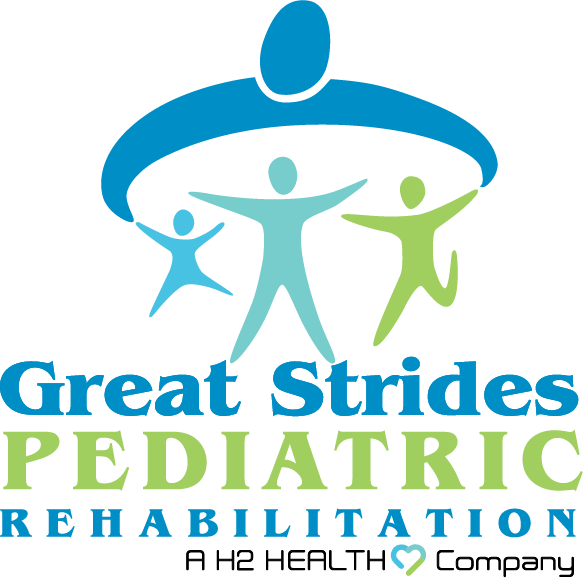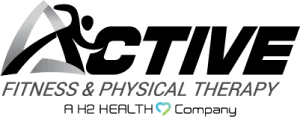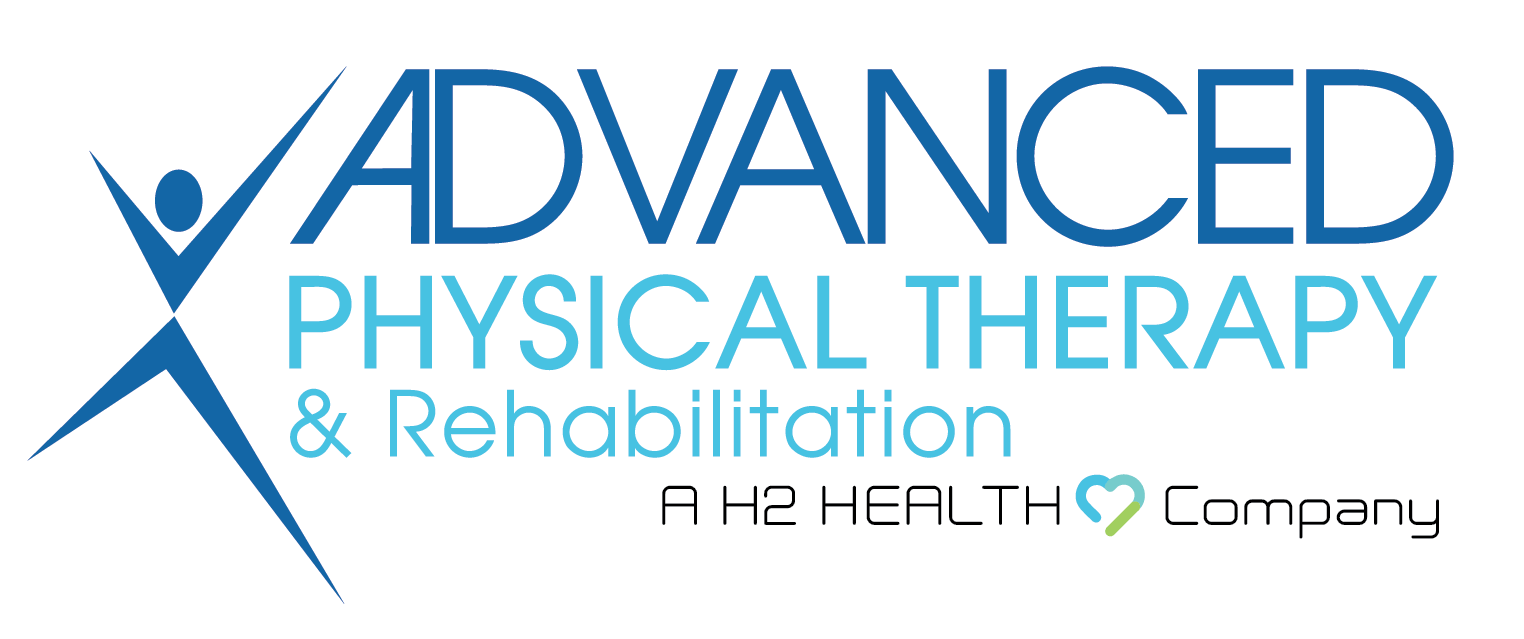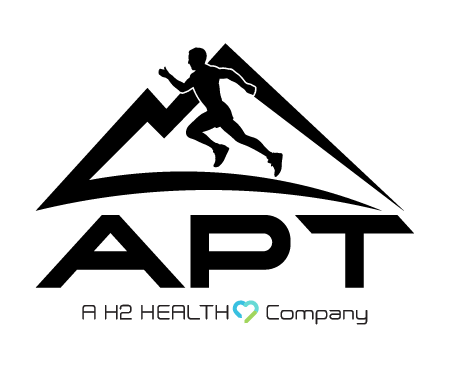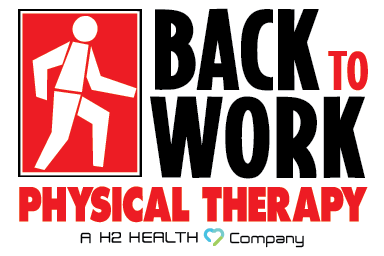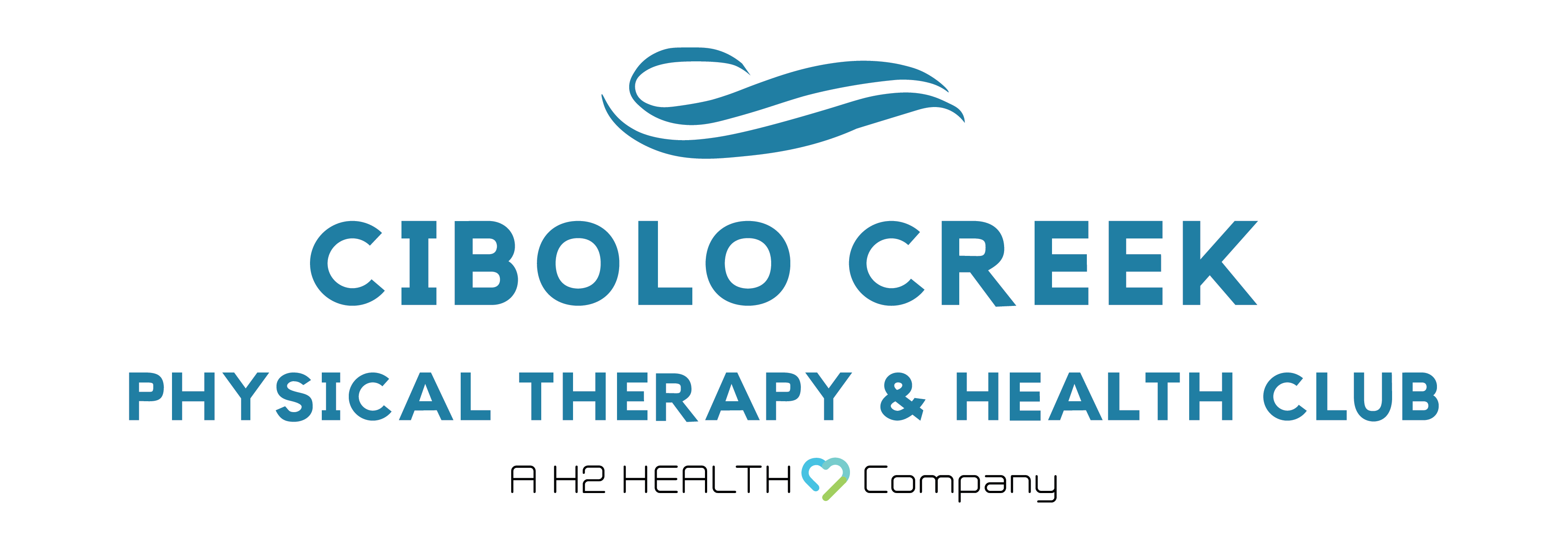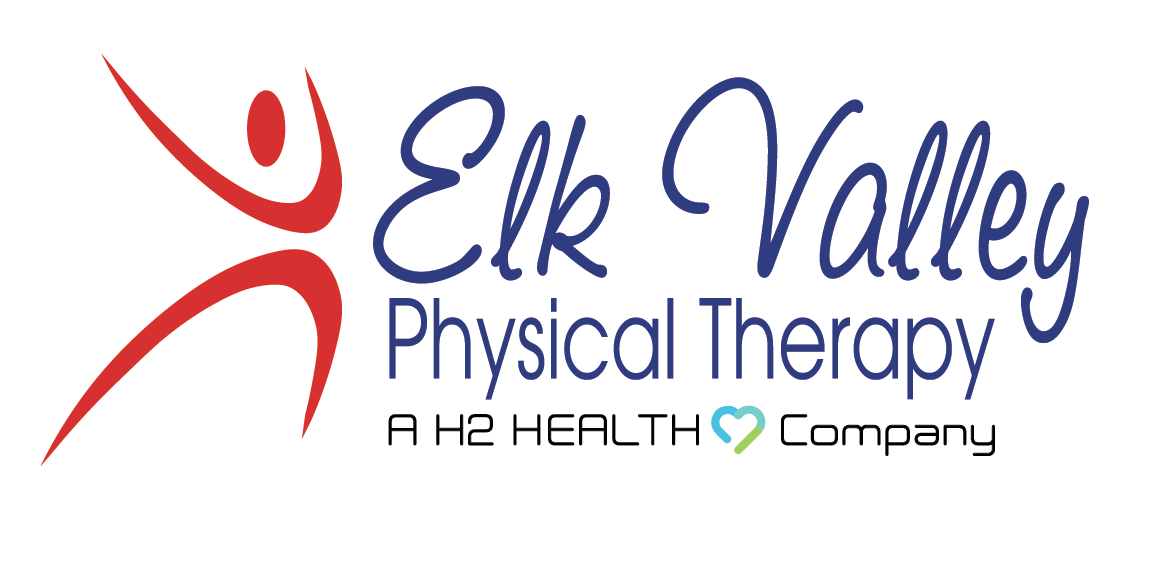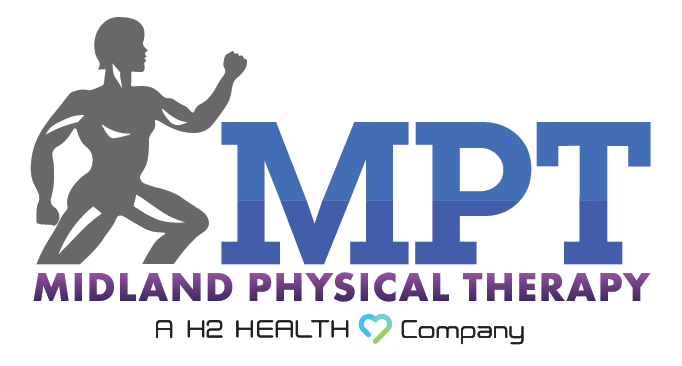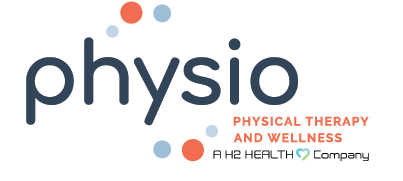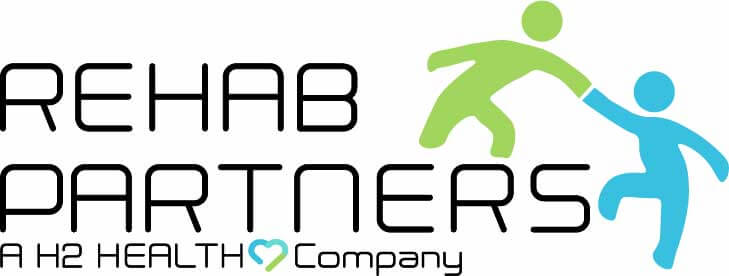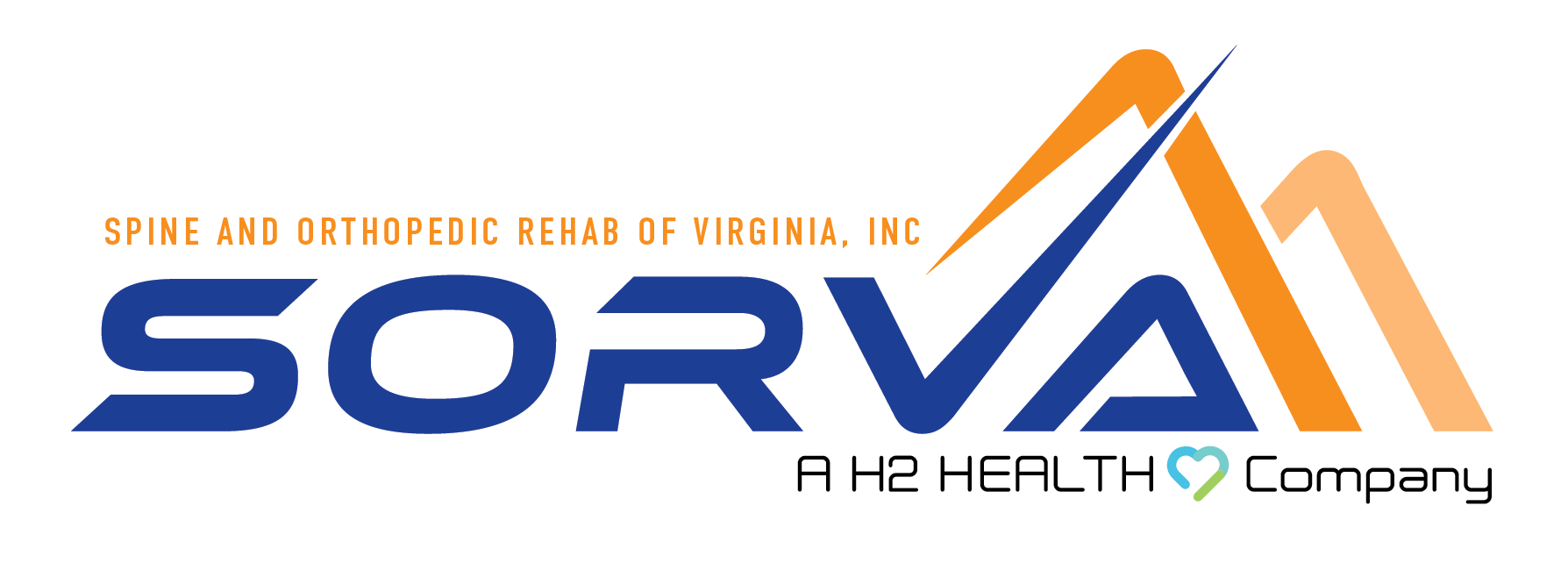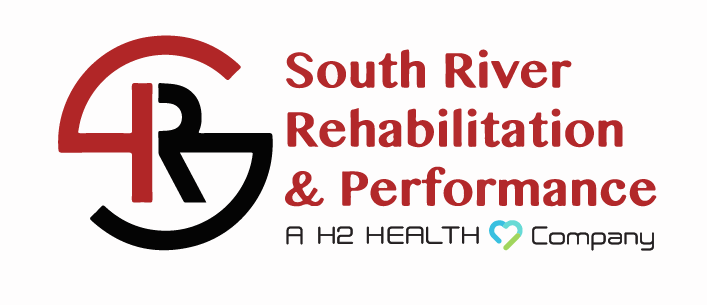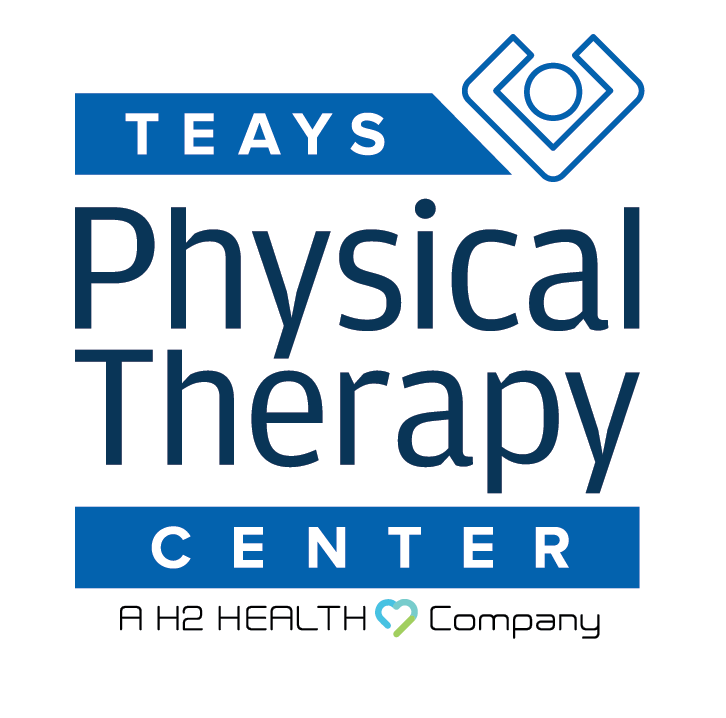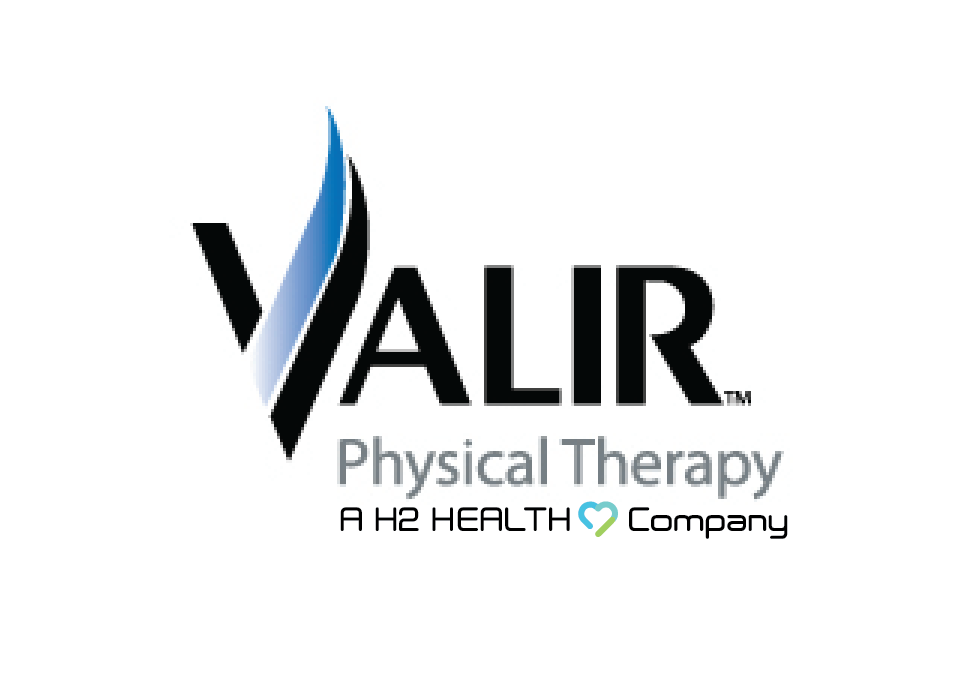Sports Physical Therapy
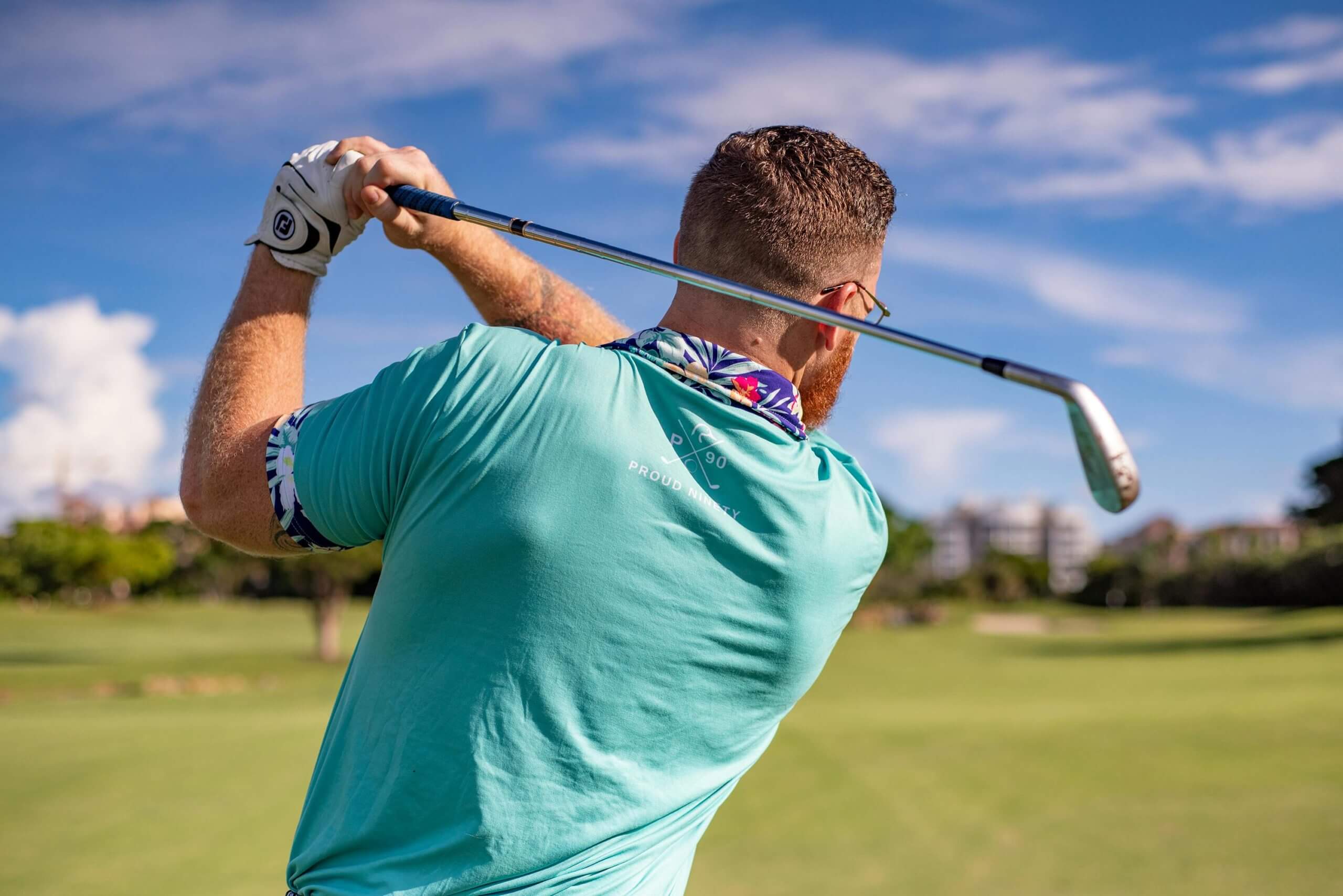
Sports physical therapy focuses on helping athletes recover from injuries, improve their performance, and prevent future problems. Physical therapists use various techniques, like exercises, stretching, and hands-on treatments, to address specific issues that athletes face. They can create personalized rehabilitation programs to help athletes regain strength and mobility after an injury. Therapists also teach proper techniques and body mechanics to prevent injuries during training and competition. Overall, sports physical therapy helps athletes stay in top shape and return to their sport safely and effectively.
HOW WE CAN HELP
Sports physical therapy can help with injuries like:
- Sprains and Strains: Injuries to ligaments (sprains) or muscles/tendons (strains).
- Tendinitis: Inflammation of tendons, often from overuse, like in tennis elbow or Achilles tendinitis.
- Fractures: Broken bones that require rehabilitation once healed.
- Cartilage Injuries: Damage to the cartilage, such as in the knee (meniscus tears).
- Shoulder Injuries: Issues like rotator cuff tears or shoulder impingement.
- Knee Injuries: Problems like ACL tears or patellar tendinopathy.
- Plantar Fasciitis: Pain in the heel and bottom of the foot due to inflammation.
- Concussions: Management and recovery protocols after head injuries.
- Stress Fractures: Small cracks in bones from repetitive force or overuse.
- Overuse Injuries: Conditions caused by repetitive motion, such as runner's knee.
Don't Wait!
The longer an injury is unaddressed, the longer it can take to heal. If you have pain, go straight to the experts for an evaluation. Click here to schedule online.
Sports Specific Care
Physical therapy can be particularly beneficial for gymnastic athletes in several ways:
- Injury Rehabilitation: Therapists help gymnasts recover from common injuries like sprains, strains, and fractures, guiding them through tailored rehabilitation programs to regain strength and mobility.
- Flexibility and Strength Training: Physical therapists develop exercises to improve flexibility, balance, and core strength, which are crucial for gymnastic performance.
- Technique Correction: Therapists can assess movement patterns and provide feedback on techniques to prevent injuries and enhance performance.
- Prehabilitation: They create preventive programs focusing on areas prone to injury, helping gymnasts build resilience against common issues like wrist, ankle, and shoulder injuries.
- Pain Management: Therapists use modalities like ice, heat, or ultrasound to manage pain and promote healing.
- Education: Physical therapists educate gymnasts about body mechanics, injury prevention strategies, and proper warm-up and cool-down routines.
By addressing these areas, physical therapy supports gymnastic athletes in staying healthy and performing at their best.
Physical therapy can greatly benefit baseball players in various ways:
- Injury Recovery: Therapists help players recover from common injuries, such as shoulder and elbow injuries (like rotator cuff tears and Tommy John surgery), as well as hamstring strains and ankle sprains.
- Strength and Conditioning: Physical therapists develop tailored strength training programs to improve overall performance, focusing on muscles important for pitching, hitting, and fielding.
- Flexibility and Mobility: Therapists work on increasing flexibility and joint mobility, which are crucial for the range of motion needed in baseball movements.
- Biomechanical Analysis: They assess players’ mechanics to identify any faulty movement patterns that could lead to injuries, providing corrections to enhance performance.
- Injury Prevention: Physical therapists create conditioning programs that target specific areas of concern, helping players avoid overuse injuries common in baseball, like shoulder impingement or elbow tendinitis.
- Pain Management: They use various modalities, such as ice, heat, and electrical stimulation, to alleviate pain and promote healing.
- Education: Physical therapists educate players on proper warm-up routines, cool-downs, and body mechanics to maintain long-term health.
By addressing these aspects, physical therapy supports baseball players in improving their performance while minimizing the risk of injury.
Physical therapy plays a crucial role in helping football players in several key areas:
- Injury Rehabilitation: Therapists assist players in recovering from common injuries, such as sprains, strains, concussions, and ligament tears (like ACL injuries). They design customized rehabilitation programs to help players regain strength, mobility, and function.
- Strength and Conditioning: Physical therapists develop strength training programs tailored to the demands of football, focusing on enhancing overall athletic performance, speed, and power.
- Flexibility and Mobility: They work on improving flexibility and range of motion, which are vital for reducing injury risk and enhancing on-field performance.
- Biomechanical Assessment: Physical therapists analyze players’ movement patterns to identify any issues that could lead to injuries. They provide corrective strategies to optimize technique and prevent overuse injuries.
- Injury Prevention: They create specific conditioning programs that target common problem areas, helping players strengthen muscles that are often under stress during games and practices.
- Pain Management: Therapists use various techniques, such as ice, heat, ultrasound, and manual therapy, to manage pain and promote healing.
- Education: Physical therapists educate players on proper techniques for tackling, running, and other movements to ensure safety and effectiveness.
By addressing these aspects, physical therapy helps football players enhance their performance and stay healthy throughout the season.
Physical therapy can significantly benefit soccer players in several ways:
- Injury Rehabilitation: Therapists help players recover from common soccer injuries like ankle sprains, knee injuries (such as ACL tears), hamstring strains, and groin pulls. They create tailored rehabilitation programs to restore strength, mobility, and function.
- Strength and Conditioning: Physical therapists develop specific strength training and conditioning programs to enhance performance, focusing on core stability, leg strength, and endurance, all critical for soccer.
- Flexibility and Mobility: They work on improving flexibility and joint mobility, which are essential for the dynamic movements required in soccer, such as kicking, sprinting, and changing direction.
- Injury Prevention: Physical therapists assess players' biomechanics and movement patterns to identify potential injury risks. They design preventive programs that strengthen vulnerable areas and improve overall athletic performance.
- Pain Management: Therapists use various modalities, including ice, heat, and manual therapy, to help manage pain and facilitate recovery.
- Technique Improvement: They provide feedback on running and kicking techniques, helping players optimize their movements to enhance performance and reduce the risk of injury.
- Education: Physical therapists educate players about proper warm-up and cool-down routines, as well as strategies for maintaining long-term health.
By addressing these areas, physical therapy supports soccer players in improving their performance while minimizing the risk of injuries.
Physical therapy is incredibly beneficial for dancers in several ways:
- Injury Rehabilitation: Therapists help dancers recover from common injuries, such as ankle sprains, knee issues (like patellar tendinopathy), and stress fractures. They create personalized rehab programs to restore strength and mobility.
- Injury Prevention: Physical therapists assess dancers' movements and biomechanics to identify potential injury risks. They design preventive programs that focus on strengthening weak areas and improving flexibility.
- Flexibility and Mobility: Therapists work on enhancing flexibility and range of motion, which are crucial for many dance styles. They provide targeted stretching and mobility exercises to support performance.
- Strength and Conditioning: Physical therapy programs focus on building strength, particularly in the core, legs, and feet, which are essential for stability and control during dance.
- Technique Enhancement: Physical therapists can analyze dance techniques to provide feedback on posture, alignment, and movement patterns, helping dancers improve their performance and reduce strain.
- Pain Management: They use various modalities, like ice, heat, and manual therapy, to manage pain and promote healing.
- Education: Physical therapists educate dancers on proper warm-up and cool-down routines, as well as self-care strategies to maintain long-term health and prevent injuries.
By addressing these aspects, physical therapy supports dancers in maintaining their performance levels and staying injury-free.
Physical therapy can greatly assist golfers in several important ways:
- Injury Rehabilitation: Therapists help golfers recover from common injuries, such as lower back pain, shoulder issues (like rotator cuff injuries), and elbow problems (like golfer’s elbow). They create tailored rehabilitation programs to restore strength and mobility.
- Strength and Conditioning: Physical therapists design strength training programs that focus on the muscles most used in golf, including the core, legs, and shoulders, to improve overall performance and power.
- Flexibility and Mobility: They work on enhancing flexibility, particularly in the hips, spine, and shoulders, which are essential for a full range of motion during the golf swing.
- Swing Mechanics: Physical therapists analyze a golfer’s swing mechanics to identify any biomechanical inefficiencies or risks for injury, providing corrective exercises and techniques to improve form.
- Injury Prevention: They develop personalized conditioning programs that strengthen vulnerable areas and improve overall body mechanics, helping to reduce the risk of overuse injuries.
- Pain Management: Therapists use modalities like ice, heat, and manual therapy to help manage pain and promote recovery.
- Education: Physical therapists educate golfers about proper warm-up routines, body mechanics during play, and self-care strategies to maintain long-term health.
By addressing these areas, physical therapy supports golfers in enhancing their performance while minimizing the risk of injuries.
Physical therapy can be highly beneficial for tennis players in several key ways:
- Injury Rehabilitation: Therapists assist players in recovering from common tennis injuries, such as shoulder injuries (like rotator cuff tears), elbow issues (like tennis elbow), and ankle sprains. They create customized rehabilitation programs to restore strength and function.
- Strength and Conditioning: Physical therapists design specific strength training programs targeting the muscles used in tennis, such as the core, legs, and shoulders, to enhance power and endurance on the court.
- Flexibility and Mobility: They work on improving flexibility, particularly in the shoulders, hips, and lower back, which are crucial for the diverse movements required in tennis.
- Biomechanical Assessment: Physical therapists analyze a player’s movement patterns and mechanics to identify any inefficiencies or risks for injury, providing corrective exercises to improve technique.
- Injury Prevention: They develop tailored conditioning programs that focus on strengthening weak areas and improving overall athletic performance, reducing the likelihood of overuse injuries.
- Pain Management: Therapists utilize various modalities, such as ice, heat, and manual therapy, to help manage pain and facilitate recovery.
- Education: Physical therapists educate players on proper warm-up and cool-down routines, as well as strategies for maintaining good body mechanics during play.
By addressing these aspects, physical therapy supports tennis players in improving their performance while minimizing the risk of injuries.
We have a therapist who can help you, no matter your sport! Give your closest clinic a call to find a therapist to help you excel in your sport. Find your closest clinic here.
DOES YOUR ORGANIZATION NEED AN ATHLETIC TRAINER?
Athletic Trainers specialize in preventing injuries and re-injuries by improving functional outcomes. Athletes, families, coaches, and teams benefit from the preventative care provided by an Athletic Trainer. Partner with us to keep your team healthy and in the game.

